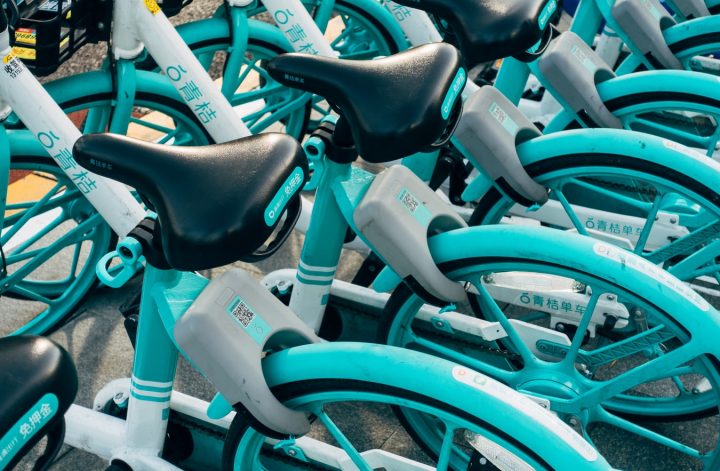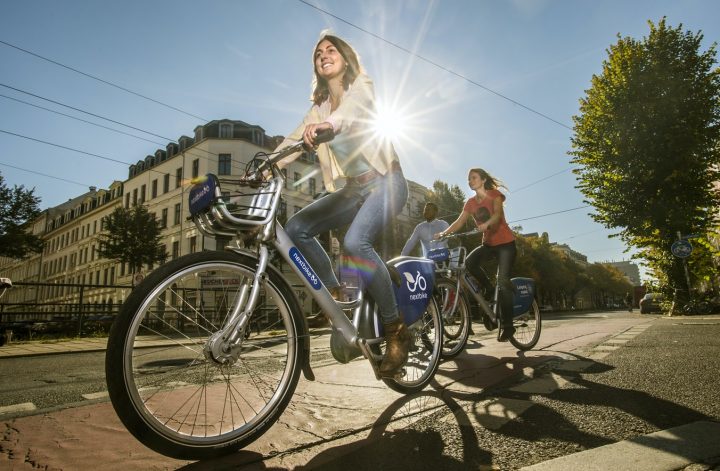One study in Washington D.C. revealed that bike-sharing services have a positive economic impact on commercial centers. According to the study, bike-sharing stations attract more clients to nearby businesses, and users of bike-sharing services are more likely to purchase an item within a mile of a bike-share station. In places that are more congested, such as downtown areas, users of bike-sharing services spent significantly less time looking for parking, and more time in the businesses nearby.
Bike-sharing services are also beneficial to towns like Bend, which receives a high influx of tourists during the summer months. It offers a fun and easy way for visitors and residents to use bikes for transportation, whether they are pursuing the Bend Ale Trail, or shopping in the Old Mill District. Bike-sharing is also flexible and can be used for one-way, or a round trip. Did you carpool with a colleague to a lunch meeting, but would like to stay a little longer? No problem, just grab a bike and head back to the office at your convenience.
Bike-sharing services provide an excellent opportunity for users to choose active transportation for short routes. Bike-sharing services have a health benefit as well. Cycling is a great way to exercise while heading to your destination.
Bike-sharing services also help make the environment better off. Cycling allows people to travel without burning fuel or releasing toxins. Individuals who use bike-sharing services may use them rather than take an Uber, taxi, or drive their car to a nearby destination. This promotes an eco-friendly transportation culture and reduces emissions. With the adoption of bike-sharing services globally, air quality will improve, resulting in better well-being and health for all citizens.
Getting Bike-Sharing Right
Studies have also shown that bike-sharing schemes can be problematic if not implemented correctly. For instance, although the usage rate of bike-sharing schemes varies across the globe between 3 and 8 bicycle trips per day, some bike-sharing schemes have a usage rate of 0.3 trips per day. In addition to underuse, bike-sharing services can also involve slow expansion, or come up against complicated and sluggish planning procedures. They can also lead to political friction if local authorities are not willing to sacrifice street parking areas for bike stations. Bicycle sharing services can also face challenges in cities with strict cycling regulations. For instance, in cities like Brisbane and Melbourne in Australia, cyclists must wear helmets and this prevents several potential riders from using bike-sharing services. Lack of proper cycling infrastructure can also raise safety concerns and make potential riders opt for alternative modes of transport.
Despite these challenges, bike-sharing services are largely a win for everyone. Restructuring something as modern as urban cycling to embrace the idea of shared resource economies is an effective way to promote sustainable transportation. Cities that develop coherent and solid plans will discover that bike-sharing services can form a positive and powerful aspect of their image.…



